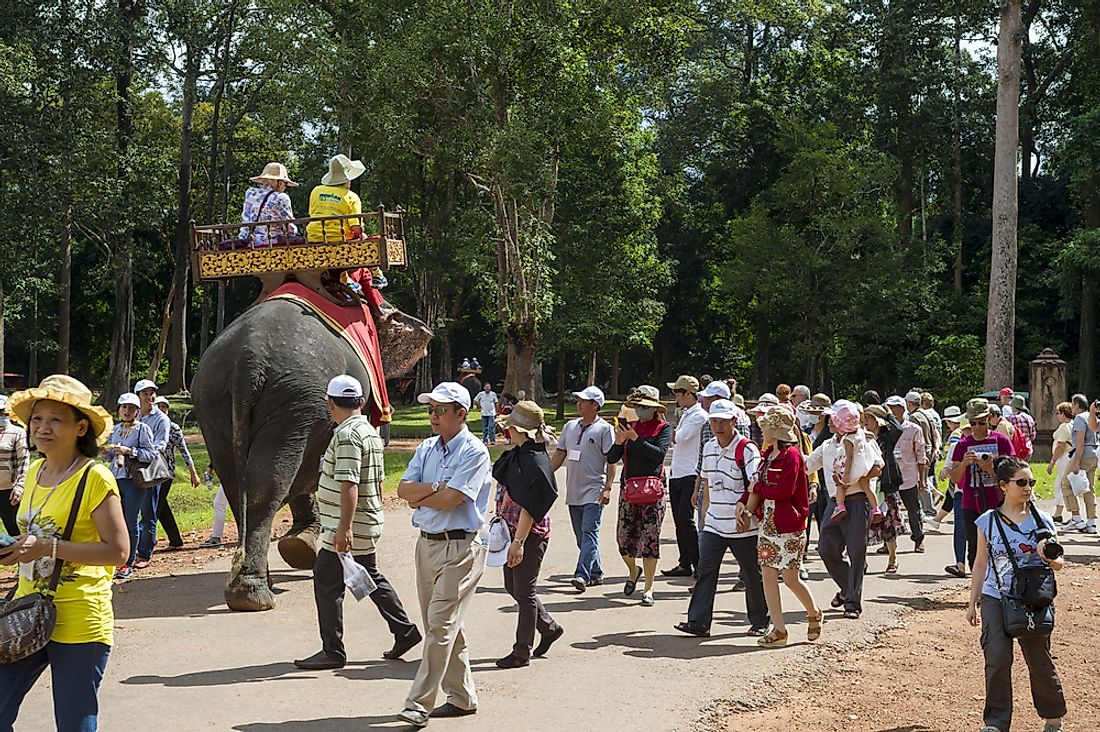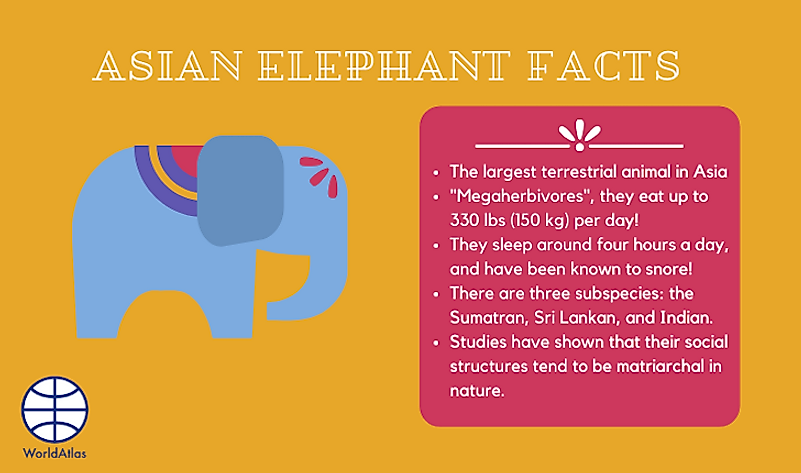Cambodia Bans Elephant Rides at Angkor Wat

For many, it's been a staple activity on their Southeast Asian travel bucket list for years. For others, it's a blatant mistreatment of animals and a clear case of wildlife abuse.
No matter where you fall on the spectrum above, the authorities at Angkor Archaeological Park have spoken, and they want to make the elephant riding at Angkor Wat a thing of the past.
Early 2020 Ban
As of November 15, at least two of the 14 elephants that can usually be found within the vicinity of the temple have already been moved to nearby forest areas. Park officials are hoping to have every elephant removed from the tour circuit by early 2020.
Elephant rides have been an option for tourists in Angkor Wat since at least 2001. The 2019 ban comes after years of pressure from animal activists and thousands of signatures on online petitions.
Elephants as Tourist Attractions: an Animal Welfare Issue

Unidentified tourists ride on the back of an elephant in 2014. Editorial credit: lazyllama / Shutterstock.com.
Although an innocent ride on an elephant may seem harmless enough, the business of involving animals in tourism is never what it seems on the surface.
According to the Mondulkiri Project, an organization that takes in and retires working elephants, a hook or other sharp object is often used to pull on an elephant's ears to encourage movement. They are also not given enough time to eat food or drink water, and are often kept in the harsh sunlight with little time to take refuge in the shade. Due to this, it is not unheard of for working elephants at Angkor Wat to die on the job, as is what happened in 2016 with the case of a female adult elephant named Sambo.
About the Asian Elephant

The Asian elephant is an endangered species and can only be found in parts of southeast Asia and the Indian subcontinent. Their population numbers suffered greatly throughout the 20th century due to a demand for ivory. Even though the international trade of ivory is now strictly prohibited, the elephants' numbers, which are estimated at less than 50,000 today, continue to dwindle thanks to habitat loss and hunting.
They are the smaller of the world's two elephant species (the other being the African elephant). One of the easiest ways to differentiate between an Asian and an African elephant is to look at the ears, as Asian elephants have much smaller ears than their African counterparts.
Wildlife Tourism Bans
Of course, Cambodia is not the only country where the local wildlife plays a large role in the tourism industry. In 2016, popular travel review and booking website TripAdvisor banned ticket sales for attractions that allow humans physical contact with animals. In 2019, it expanded its ban to include any attractions that keep marine animals in captivity. In 2019, Airbnb announced that it would be launching a category of traveler experiences based on animals and wildlife in collaboration with World Animal Protection. Under this collaboration, no direct contact between and humans is allowed.











